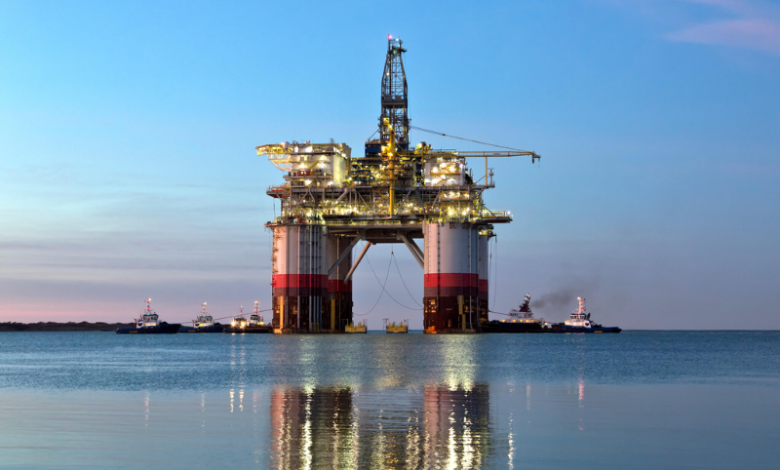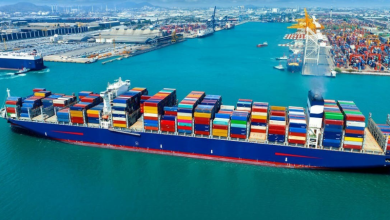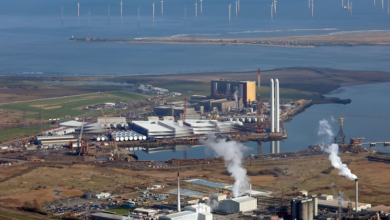Biden’s Ban Targets Offshore Oil Drilling to Protect Nature

According to a Friday Bloomberg News story President Joe Biden plans to ban new offshore oil and gas extraction on 625 million acres which is 250 million hectares of US coastal land. As per the article which cited unnamed persons familiar with the situation, the ban which is scheduled to be announced on Monday prohibits the sale of drilling rights in portions of the Atlantic and Pacific oceans as well as the eastern Gulf of Mexico.
It also stated that Biden is keeping open the prospect of additional lease opportunities for natural gas and oil in the central and western Gulf of Mexico regions which produce around 14% of the country’s total output of these fuels.
The action comes in response to pressure from environmental organizations and congressional Democrats who have urged Biden to “maximize permanent protections” against offshore drilling claiming that doing so is necessary to protect marine ecosystems from oil spills, protect vulnerable coastal communities and combat climate change.
Biden’s legacy of combating climate change and his objective of decarbonizing the American economy by 2050 would be cemented by the ban. As per the New York Times, Biden’s decision is based on a section of the Outer Continental Shelf Lands Act that gives a president broad discretion, permits new drilling and excludes language that would permit President-elect Donald Trump or other future presidents to lift the ban.
The statute has been utilized by Biden, Trump and Trump’s predecessor Barack Obama to prohibit the sale of offshore drilling rights in specific coastal regions. Trump attempted to undo Obama’s withdrawals from the Arctic and Atlantic Oceans at the conclusion of his presidency in 2017 but a federal judge decided in 2019 that the law does not grant presidents the legal power to do so.
Although the exact extent of Biden’s upcoming offshore safeguards is unknown, those familiar with the decision stated that the designation is expected to target waters deemed essential to coastal resiliency.



